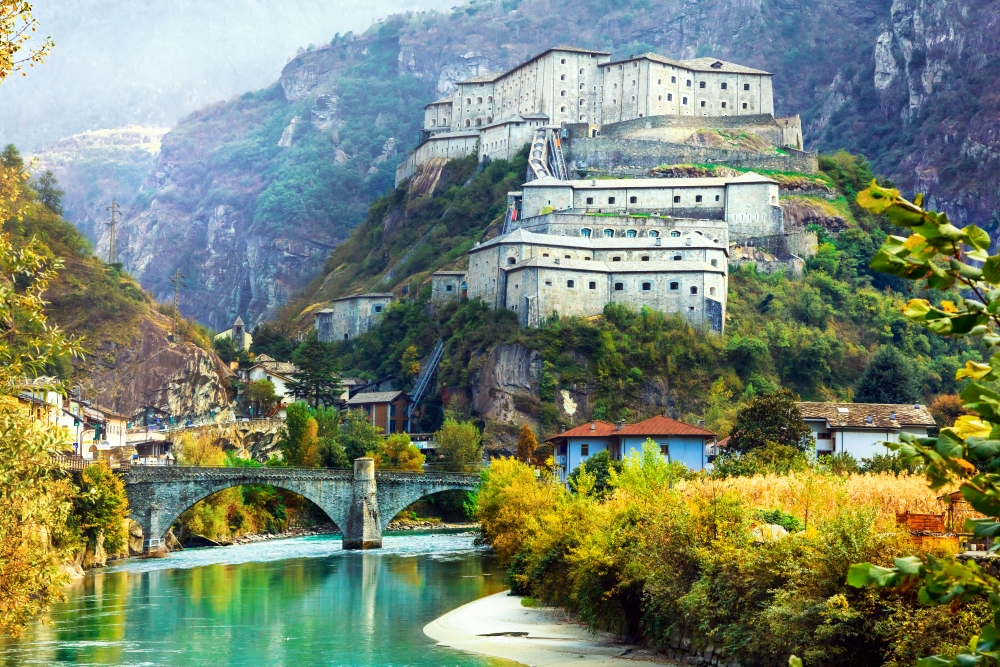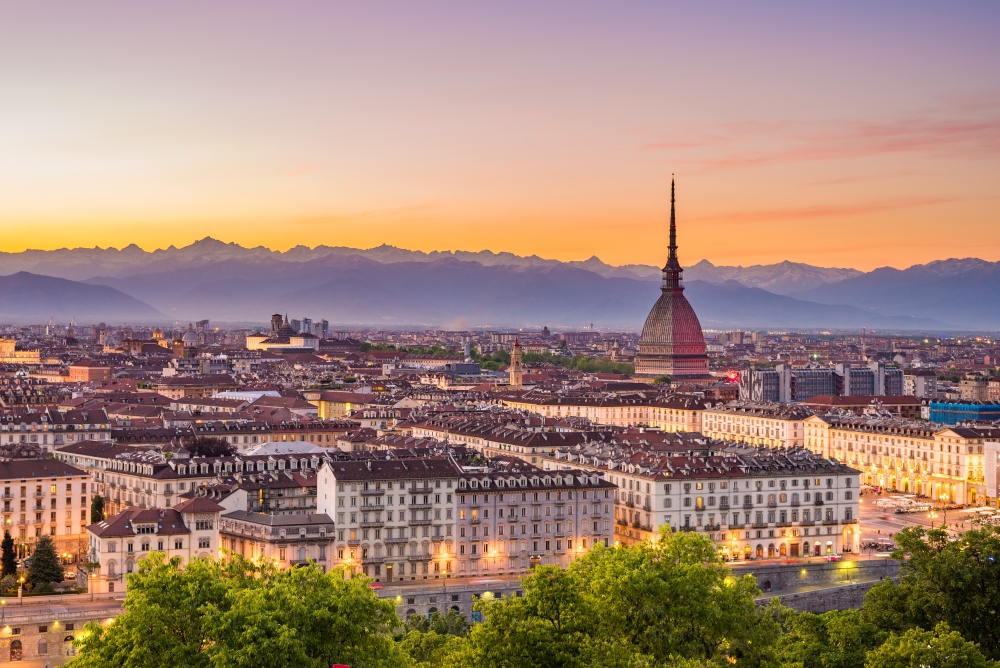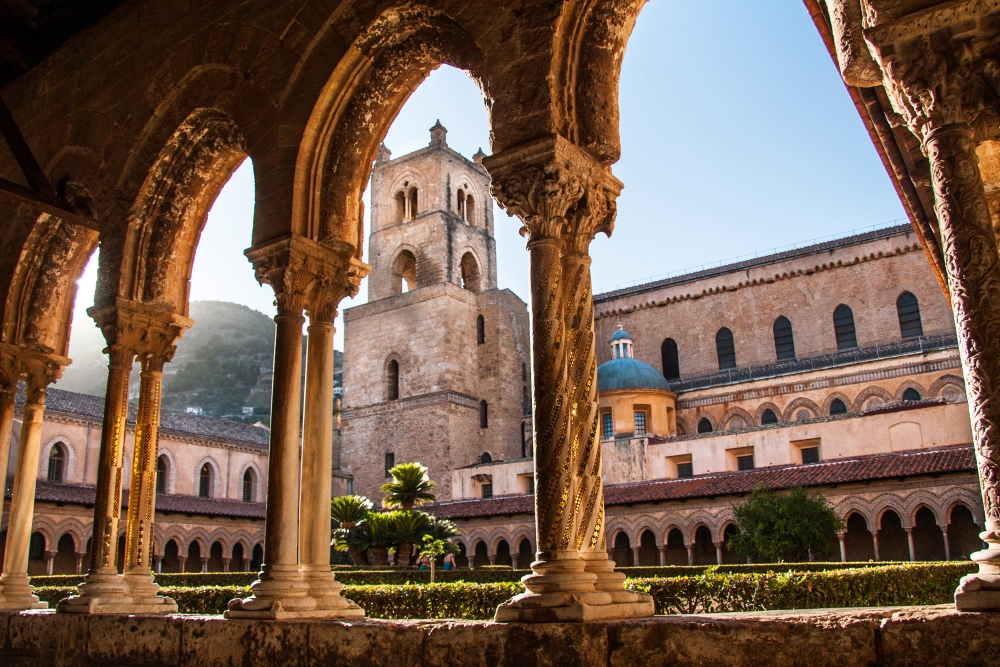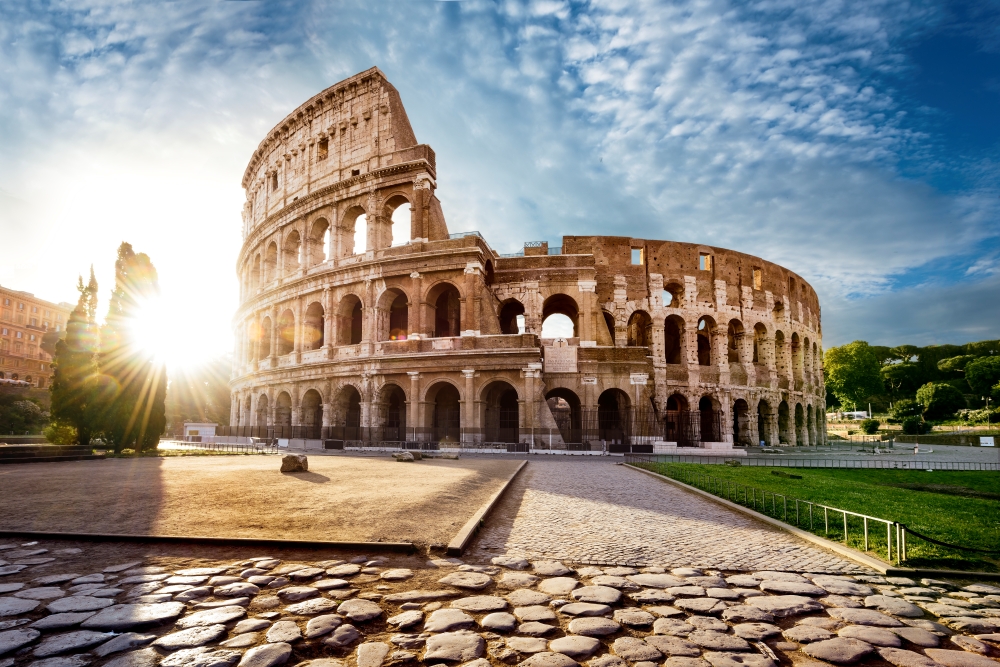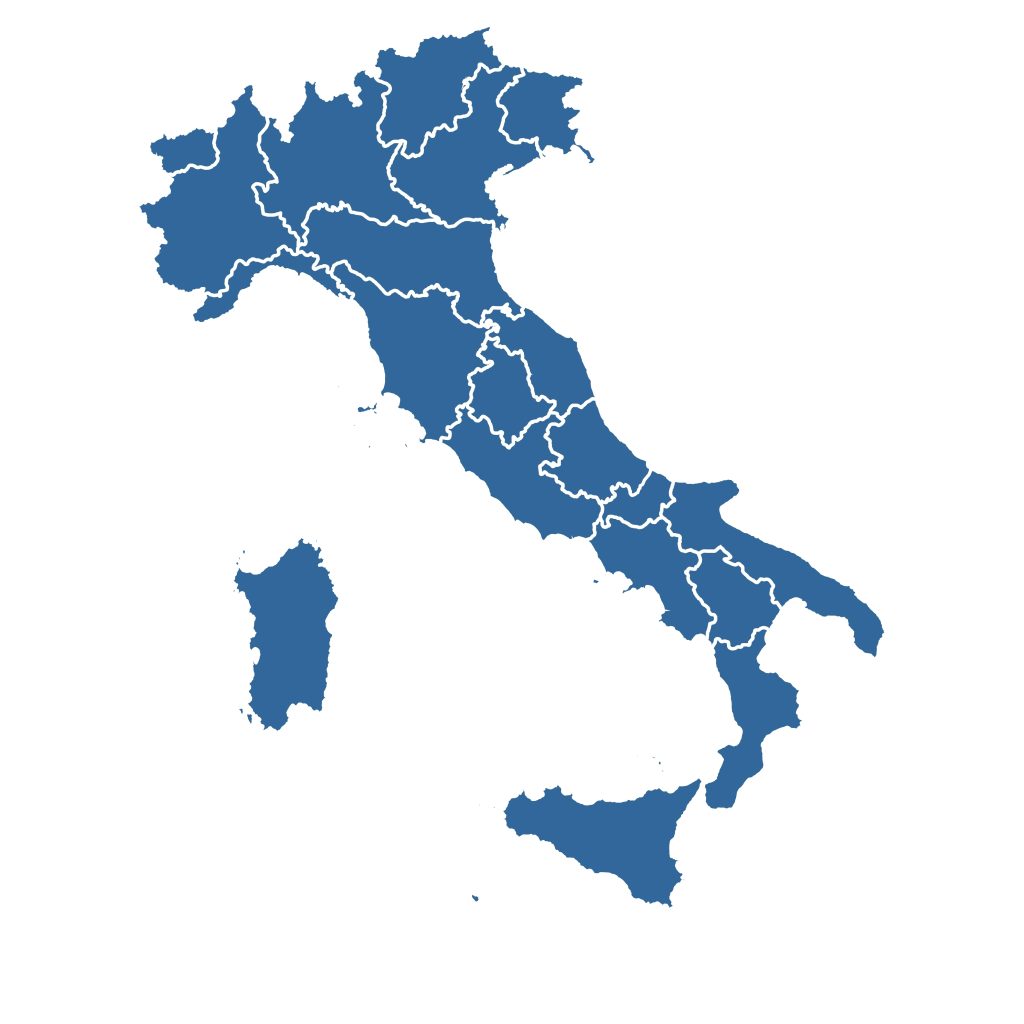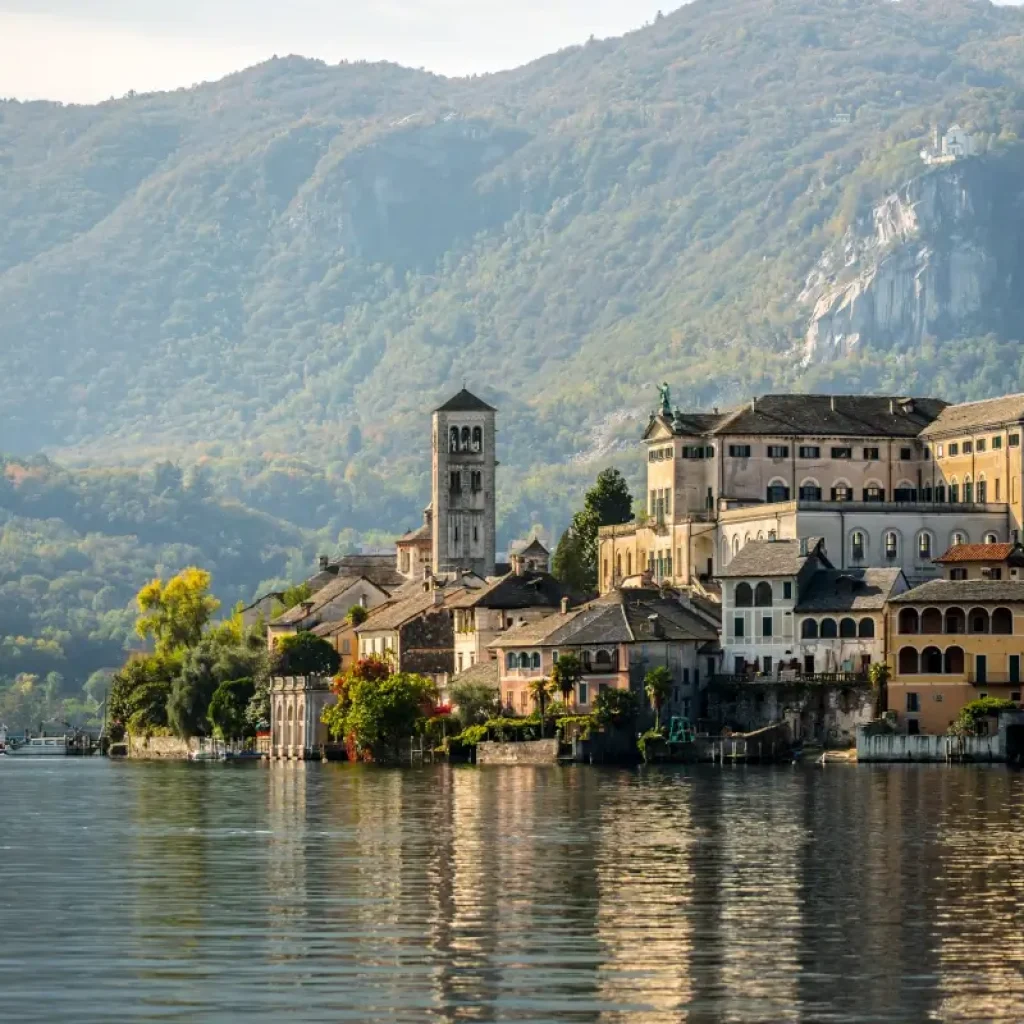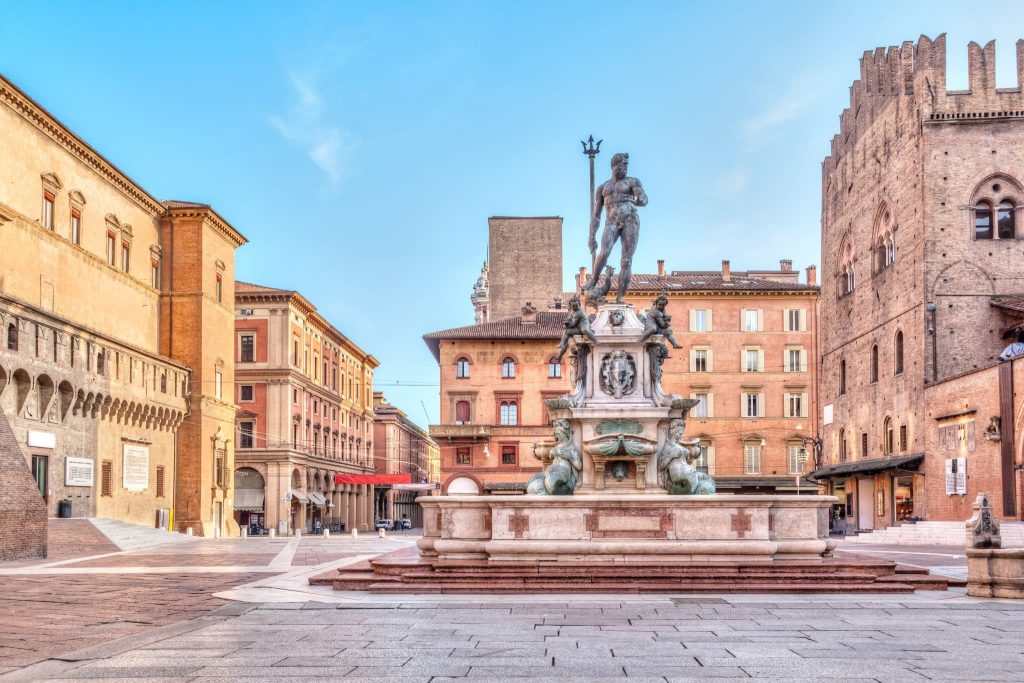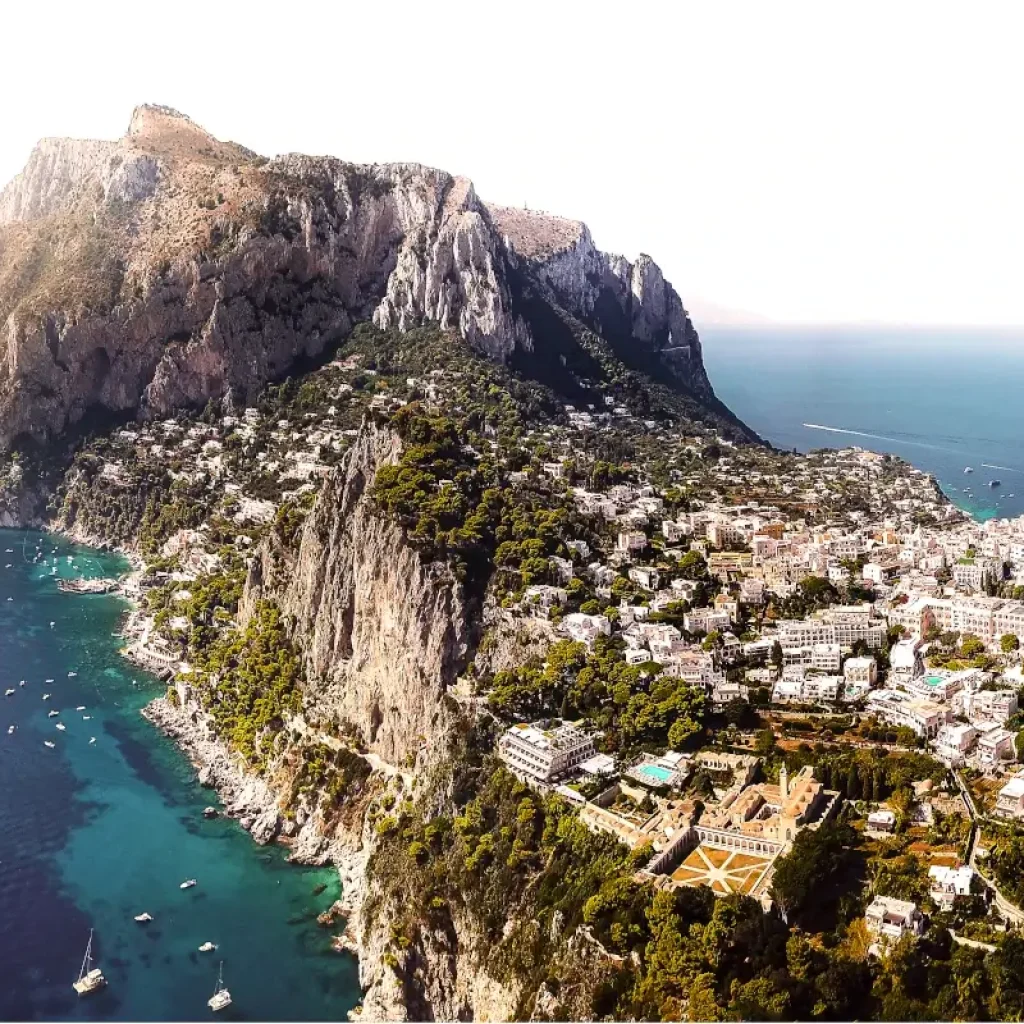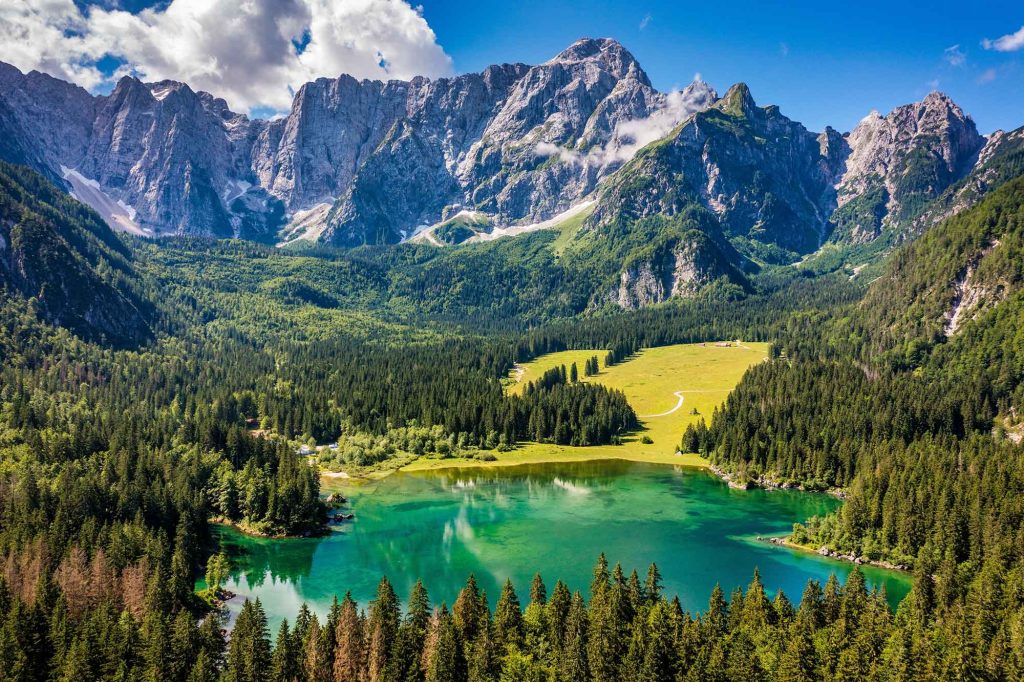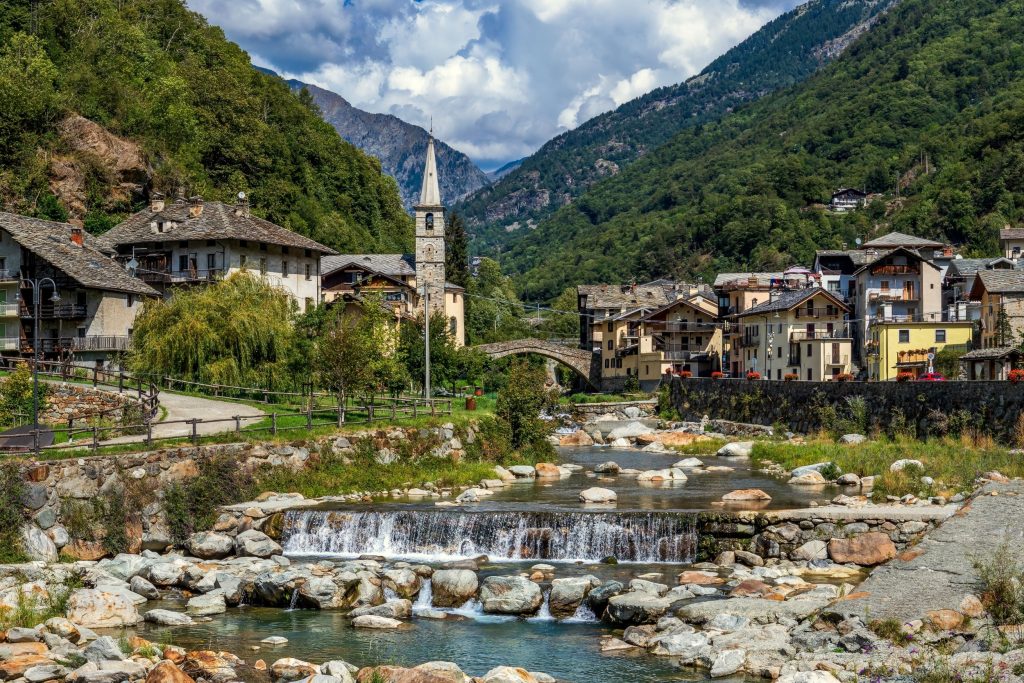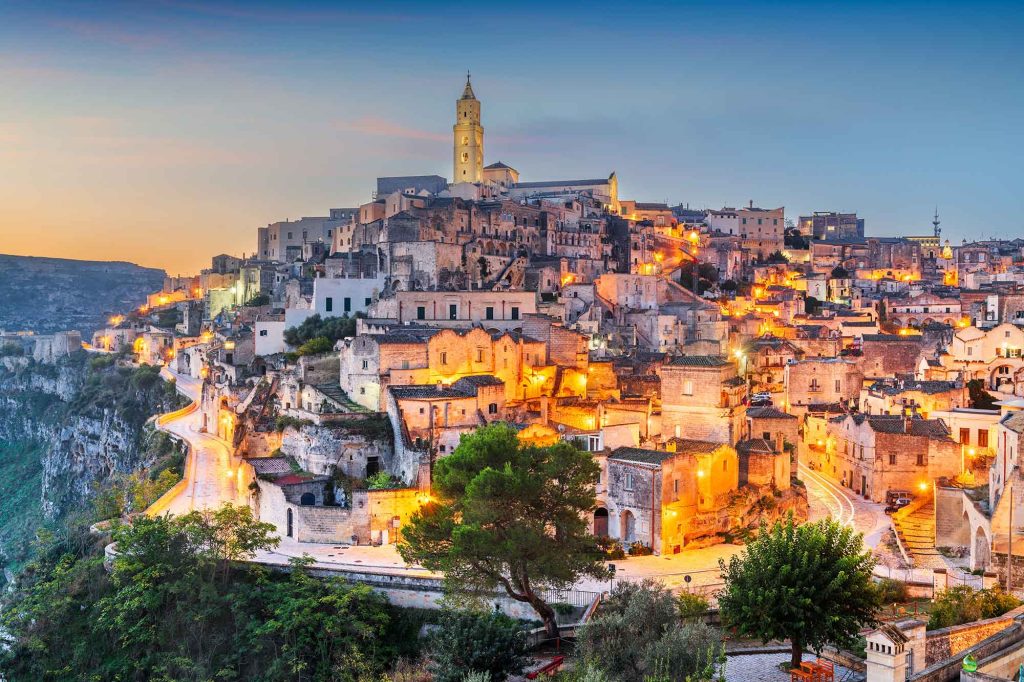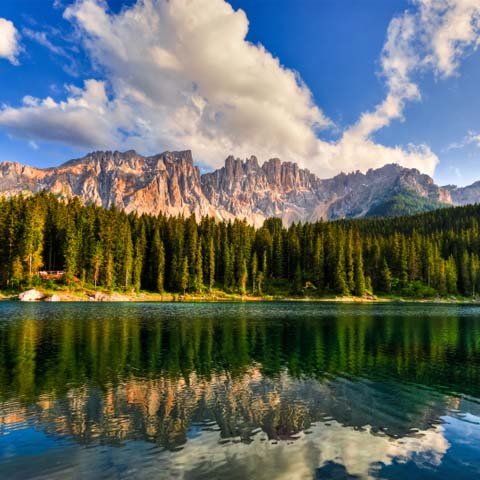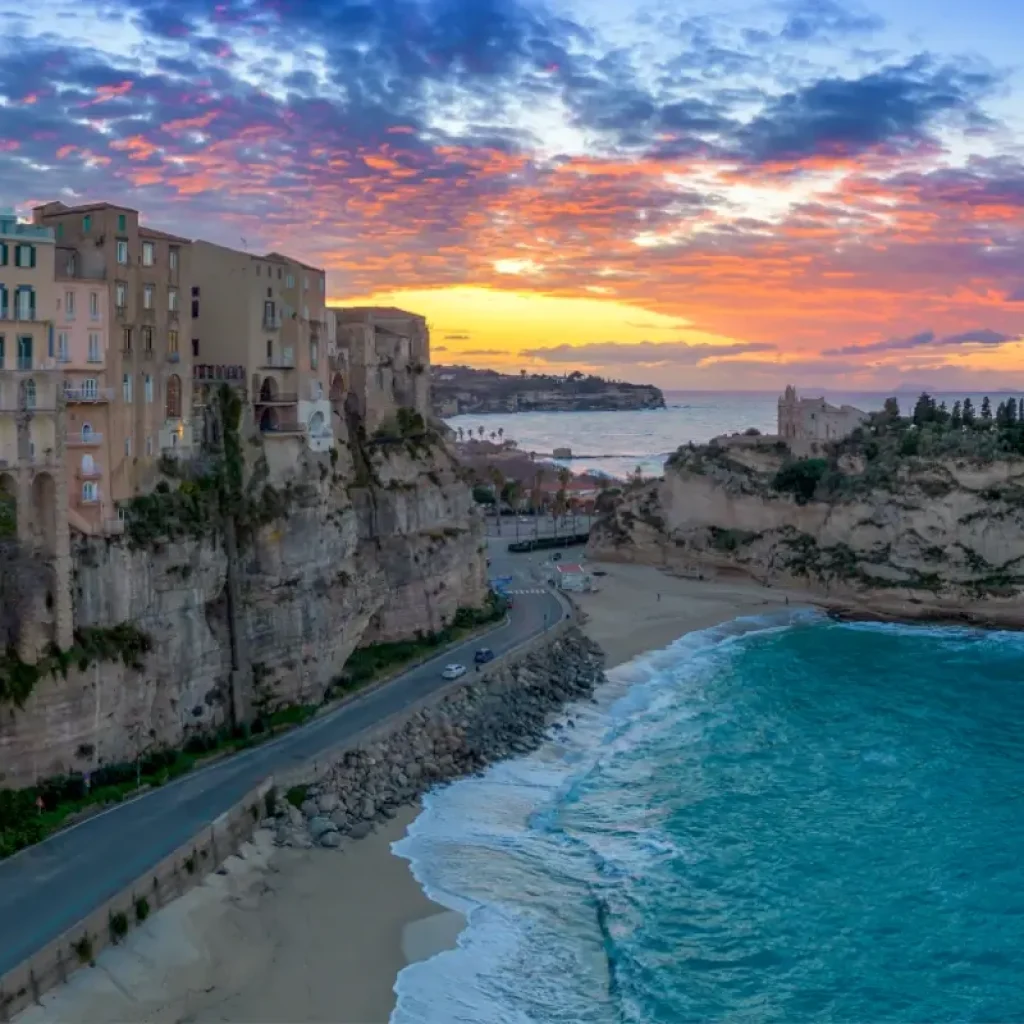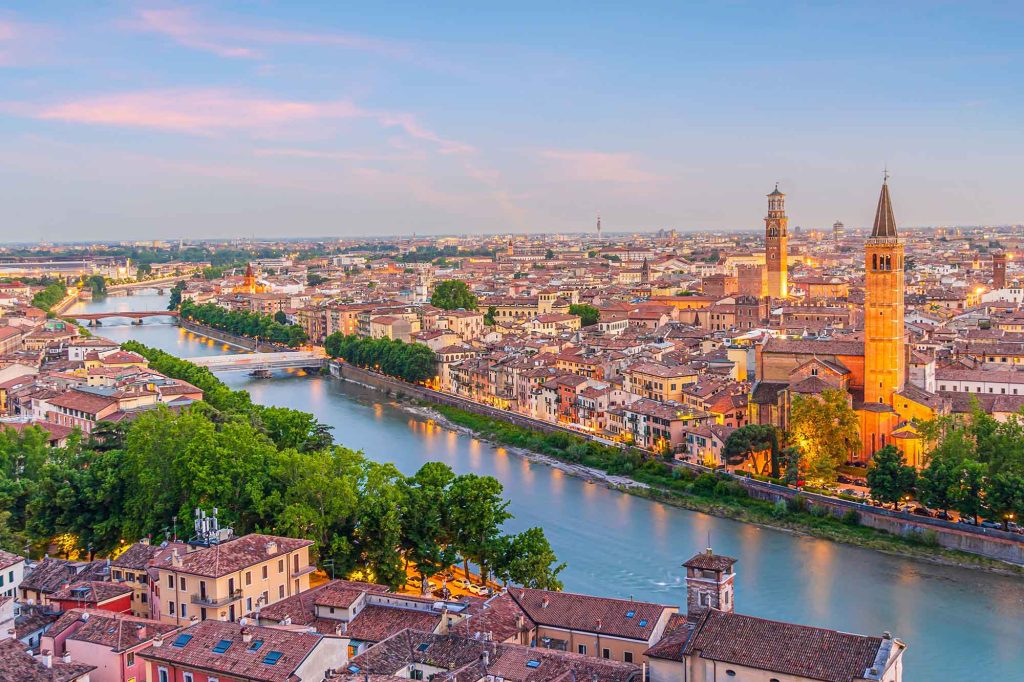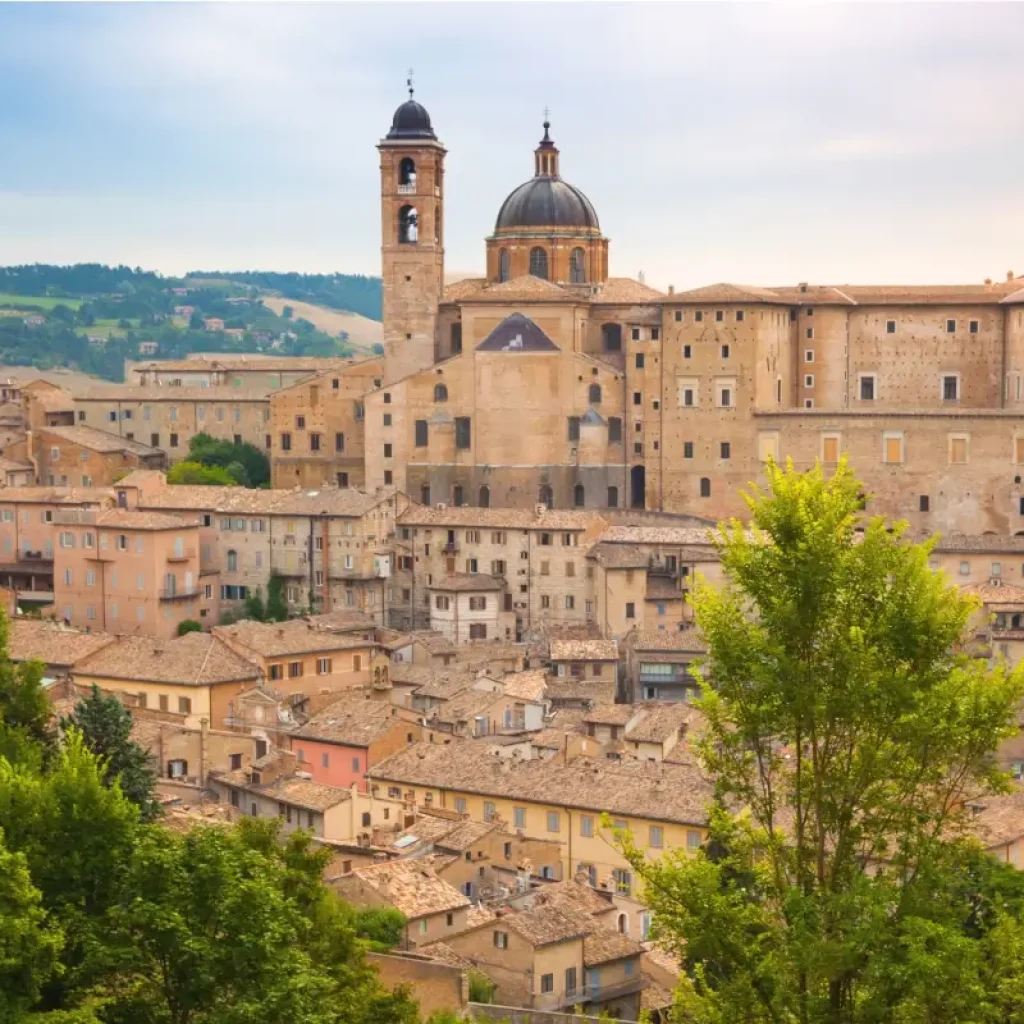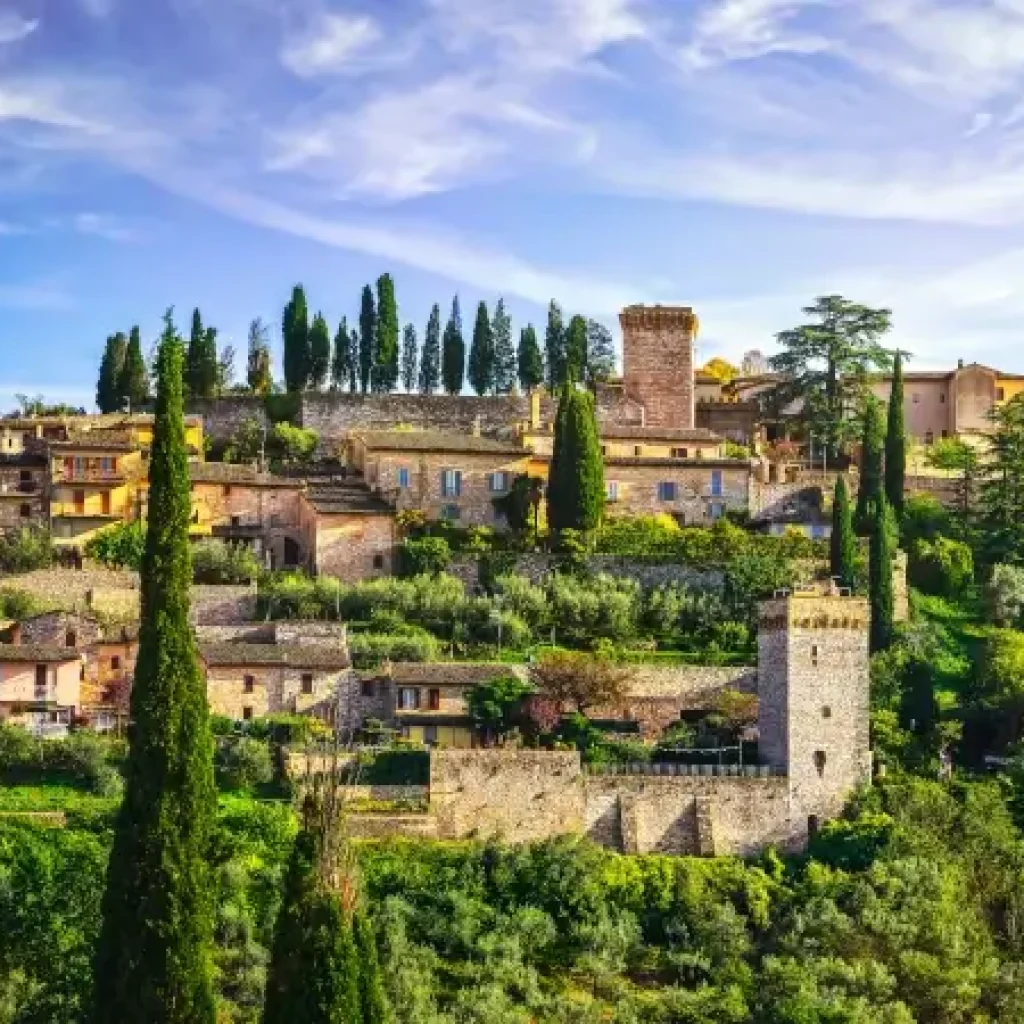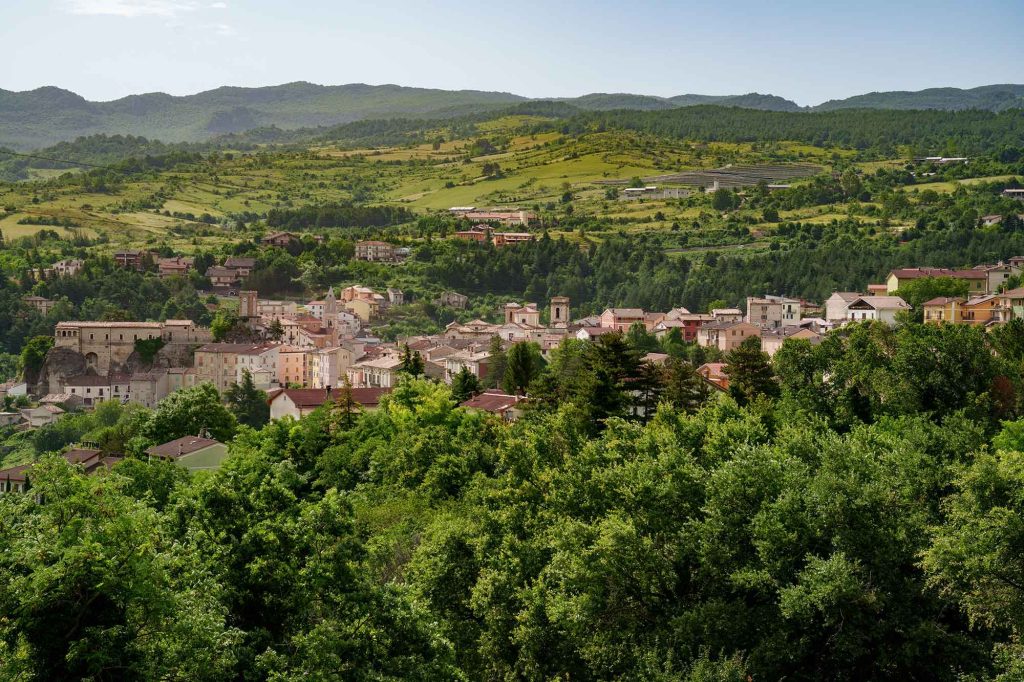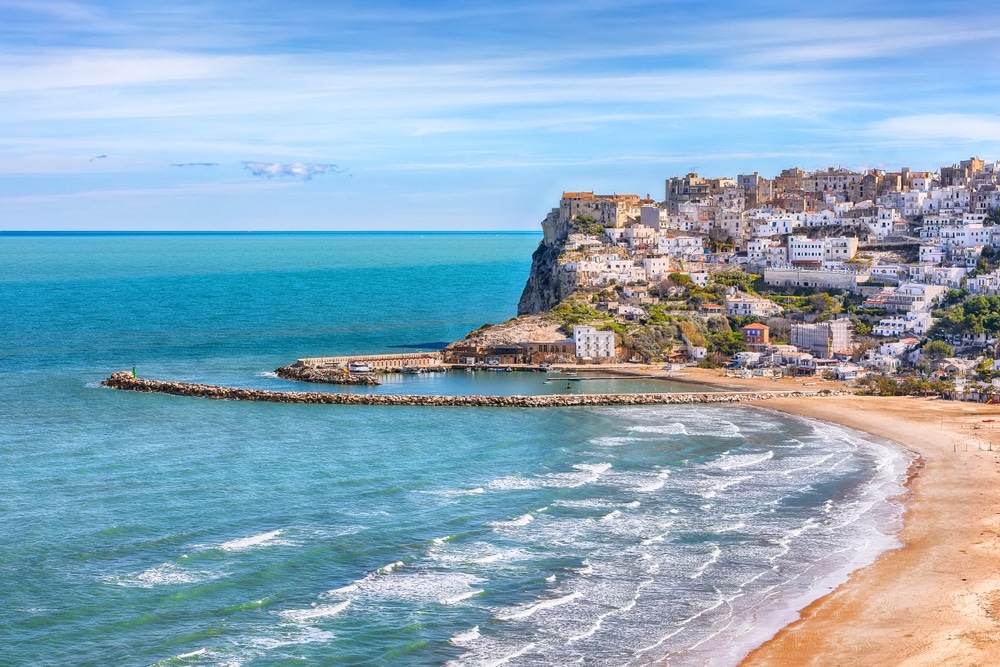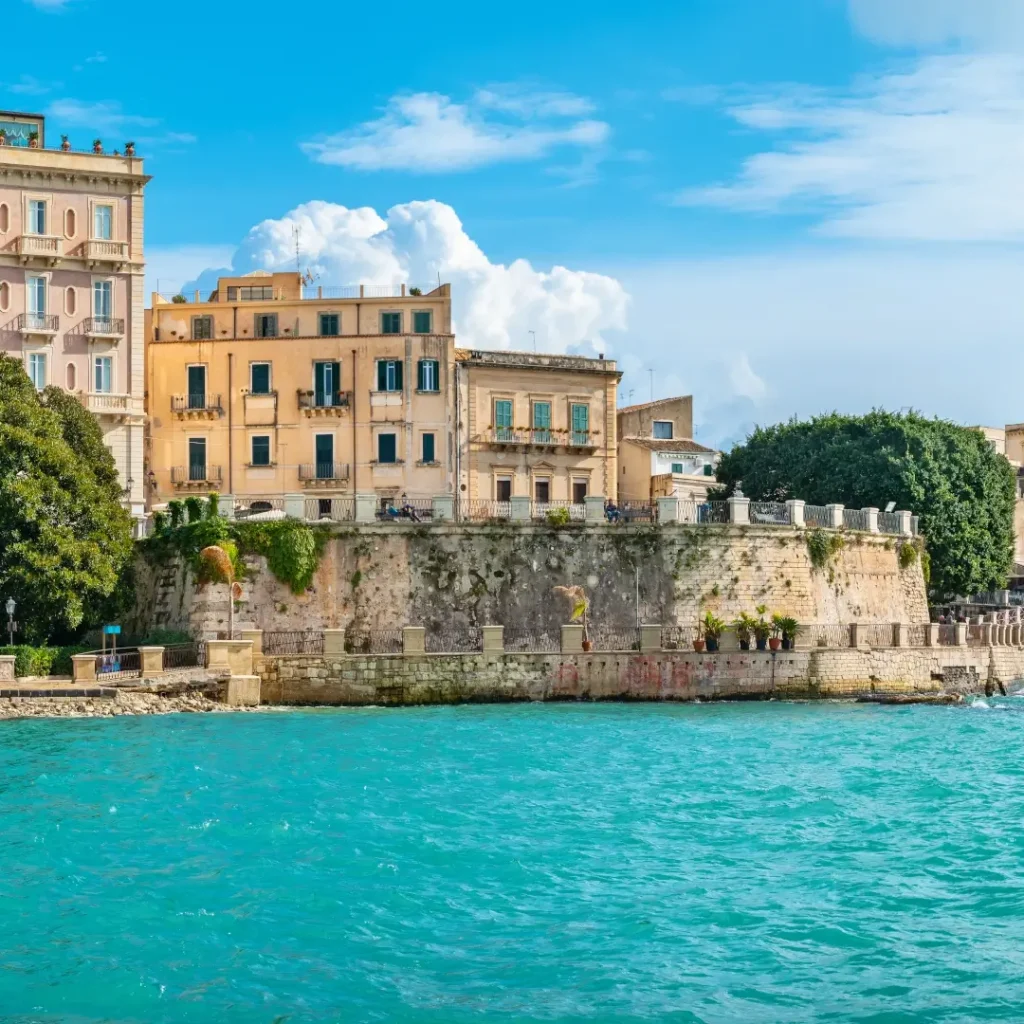Tucked in the far Northwest corner of Italy, surrounded by the Alps’ famous mountain peaks sits one of the country’s most gorgeous and unique regions – the Aosta Valley.
The history of this area gives it one-of-a-kind flair. From Ancient Roman ruins to medieval castles and a variety of French influences all surrounded by marvelous landscapes, the Aosta Valley (Valle D’Aosta) is teeming with a culture that was crafted by its rich past.
Evidence of Ligures and Celts, the first inhabitants of the Aosta Valley, goes back almost 200 centuries. At one point, glaciers covered the area, but once melted they revealed a number of valleys and hills, atop which the earliest settlers of the region made homes. The hills provided the settlers – who likely originated from the Rhône area of France – natural protection against flooding. Though these first settlements existed so long ago, bits of their heritage can be found throughout the region today in the form of language – most notably in local town names.
Around 25 B.C. the Romans arrived, conquering the region from the Salassi – said to have descended from the Celts. Though the Salassi were described as a “warlike” nation in terms of protecting their home, the Romans easily won out, founding the area that we now know as Aosta Valley. The purpose of conquering the area was to secure mountain passes and build an infrastructure of roads, bridges, and passageways to travel through the mountains. In doing so, they founded the area and called it Augusta Praetoria Salassorum. Valle d’Aosta (Aosta Valley) translates to the “Valley of Augustus.”
Though there is little written about the region’s history in the 5th century, it is known that during that time the valley became an important commodity in terms of military strategy and trade routes. After the Romans, the region was passed through the hands of a variety of groups, such as: the Goths, Burgundians, Byzantines, Lombards, and Franks. A treaty would put the area in the hands of the Franks in 575, and they would retain control for nearly three centuries.
In 870, the heirs of Charlemagne – the King of the Franks – would divide his land, leaving the Aosta Valley to become a part of the Kingdom of Lotharingia. The area was relatively independent until the 11th Century, when the House of Savoy took over. And Humbert I of the House of Savoy was named the Count of Aosta in the beginning of the 11th century.
Settlers, known as Savoyards, hoped to honor the area’s local traditions and establish some autonomous rights. The region was divided among fortified castles and the communities were granted the Charte des Franchises (Charter of Liberties). This would allow for self-rule and preserve autonomy of the region.
The House of Savoy would remain in power and the autonomous rights would be defended for centuries. For the most part, the region was feudal – with castles and their communes self-governing. The region was part of Savoy lands up until the the 18th century – except for brief French rule in the early 1500s, early 1600s, and again in the early 1700s. In 1770, the Charter of Liberties would be revoked in an attempt to tie the region more closely to Piedmont.
Even today, visitors to the area can see evidence of the region’s complex history and the different people who lived there. Medieval castles of this period can be seen throughout the valley’s landscape.
During the 13th century, German Walser communities were established, and visitors today can see evidence of German influence in the local culture.
During this time, the Aosta Valley was the first to adopt French as an official language, years before France. The sporadic periods of French rule throughout this time and beyond allowed for much of the area to become influenced by the French language and culture. Many locals speak both French and Italian, and in some cases French is the primary language.
The Aosta Valley joined the new Kingdom of Italy in 1861. Following this major step in the region’s history, there was a period of economic struggle which caused nearly a quarter of the population to move to France. During World War I, the area recovered due to increased iron and steel production.
At this time, “Italianization” began – a process which included forcing locals to change their names to more Italian-based names, demoting French to a secondary language, and an attempt to erase local history and traditions. This fostered an urge for separatism in the community. Eventually, after World War II, the region would gain special autonomous status and was able to recognize its French influence once again.
